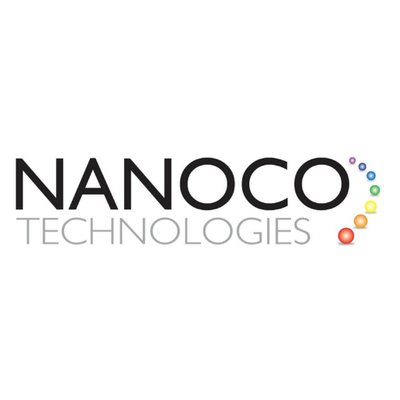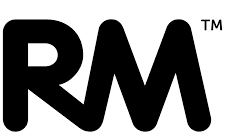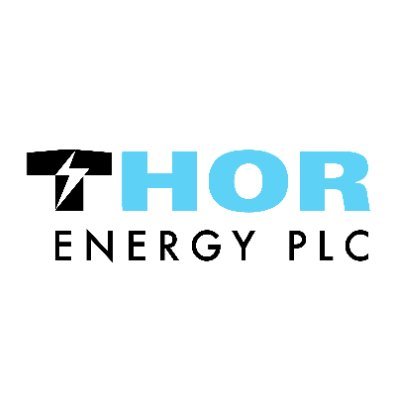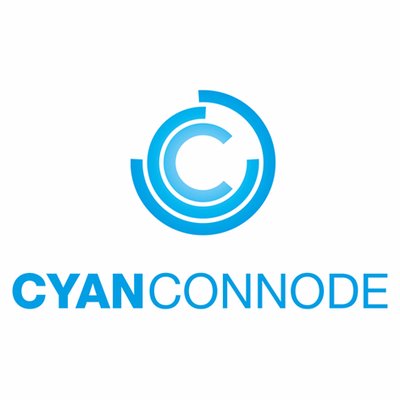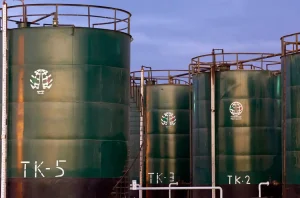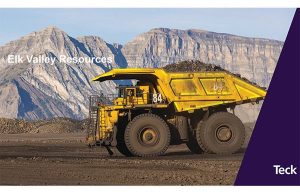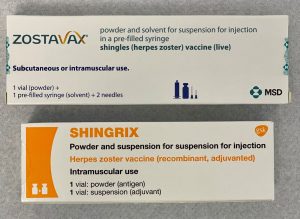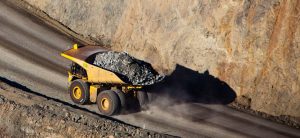A subtle shift in material science has opened a window people scarcely expected. Beneath the familiar glow of screens, an unassuming company has quietly amassed a portfolio of microscopic innovations that may alter the way we see everything from televisions to medical diagnostics.
Nanoco has spent two decades refining engineered quantum dots, tiny semiconductor crystals that emit precise wavelengths of light when stimulated. While the chemistry is intricate, the premise investors should note is straightforward: by licensing its patents and partnering with manufacturers, Nanoco taps into a market estimated to reach around US$23 billion within the next decade as demand for high‑definition, energy‑efficient displays intensifies. This trajectory hinges not on consumer fads but on fundamental shifts in manufacturing standards and regulatory calls for greener components.
An early pioneer in cadmium‑free quantum dots, Nanoco capitalised on tightening environmental measures long before many of its competitors realised the implications. Instead of following the typical path of heavy capital expenditure for production facilities, the company adopted a lean licensing strategy. This allowed it to maintain a strong balance sheet while securing revenue streams through long‑term royalty agreements. Investors evaluating balance sheets often focus on in‑house capacity, but Nanoco’s approach demonstrates how intellectual property can serve as a durable asset when executed with foresight.
Recent contracts with major display panel producers underscore the growing confidence in Nanoco’s technology. These agreements are not merely experimental, they outline multi‑year terms that tie revenue to shipment volumes. The advantage for licensees lies in integrating cadmium‑free quantum dots without diverting substantial R&D resources. For Nanoco, each new partner enhances the potential for recurring income and cements its patents as industry benchmarks.
Beyond television screens and monitors, quantum dots are finding applications in areas such as medical imaging and photovoltaics. Nanoco’s research teams have explored the use of quantum dots for bio‑labelling, where their uniform light emission aids in tracking molecular processes with greater precision than traditional dyes. Meanwhile, photovoltaic firms have tested incorporating quantum dots into solar cells to capture a wider spectrum of sunlight. Although these markets remain nascent, they hint at diversified pathways for licensing revenues over the long term.
Investor attention often gravitates to flashy consumer products, but Nanoco’s real edge lies in its methodical building of a technology platform that aligns with regulatory trends and manufacturer needs. The shift towards lead‑ and cadmium‑free components is gathering pace globally, driven by legislation in Europe and parts of Asia. Nanoco was among the first to secure registrations that confirm its products meet stringent safety standards, giving it a foothold that rivals still struggle to match.
While headline figures around quantum dot markets grab attention, the more compelling narrative centres on timing and partnerships. Nanoco’s strategy hinges on being the go‑to licensor when production lines convert to advanced materials. Its relatively low overhead, as a company with limited manufacturing obligations, means that incremental licensing deals can flow straight to the bottom line, enhancing margin profiles over time.
Of course, execution risks remain. The technology landscape is dynamic, with alternative materials and new entrants pursuing similar objectives. Yet Nanoco’s extensive patent portfolio and track record of first‑to‑market registrations create barriers that are not easily overcome. As display makers vie for the next competitive edge, the assurance of a tested, compliant supplier could tip the scales in Nanoco’s favour.
The coming years will reveal whether quantum dots become standard across a broad spectrum of applications or remain a specialised niche. Either way, Nanoco’s position as an IP‑driven licensor ensures it participates in volume‑based royalties without the burden of scaling manufacturing operations. For investors focused on sustainable income streams and exposure to materials innovation, this model offers an alternative to companies tethered to capital‑intensive roll‑outs.
Nanoco has transformed a concept often confined to academic journals into a practical toolkit for global manufacturers. With royalty agreements anchored in projected shipments and regulations increasingly favouring safer materials, the company’s intellectual property stands as both a shield and an engine for revenue. Whether quantum dots revolutionise every screen or carve out more limited applications, investors cognisant of licensing economics may find Nanoco’s path a quietly compelling opportunity.
Nanoco Group PLC (LON:NANO) leads the world in the research, development and large-scale manufacture of heavy metal-free nanomaterials for use in displays, lighting, vertical farming, solar energy and bio-imaging.


